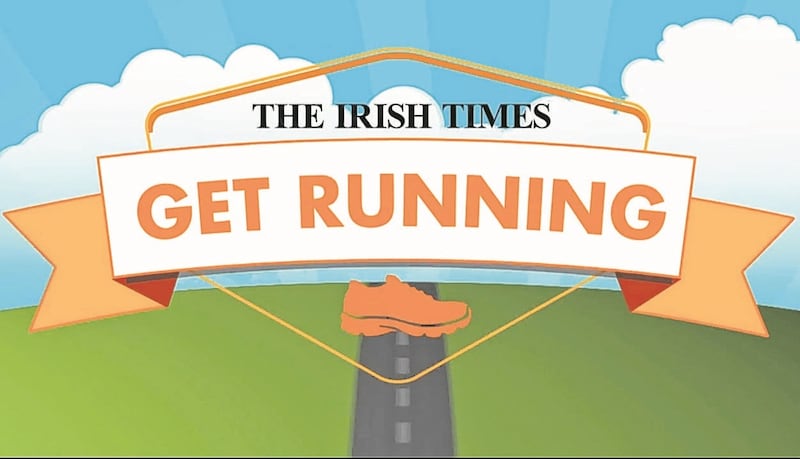I have spent a lot more time pushing a buggy over the past six months than I had originally envisaged. Thankfully, I have a baby who enjoys fresh air as much as I do.
We are both in better form after our leisurely daily walks. There is no focus on speed, fitness or distance. My aim is to return home with a clearer head and ideally a sleeping baby.
Learner driver
Initially, pushing the buggy felt awkward. Arm position, stride length and general posture are all different than walking solo. As new parents, we focus on making sure the baby is safe and secure in the buggy but forget that our buggy-pushing efforts and buggy set-up may impact our own health and cause injury.
It’s important that we consider our comfort as well that of baby.
Listen to your body
With all the settings and fancy gadgets in our modern buggies, most of us stick with the default and never change the handle height. But in the same way as we all adjust a car seat when we move into a different car, we need to make sure the buggy fits our body each time we use it.
Don’t just use the settings your partner uses. As the baby gets heavier, it’s even more important to have good technique in lifting, carrying and pushing the baby along.
Effortless movement
Just like running, some people look effortless with the buggy while others look tense and uncomfortable. I certainly want to be the former.
With no manual for buggy walking technique, I decided to experiment by applying the Chi Running principles to this newly acquired load. Now that my running was taking a back seat, working on my technique became a new opportunity to focus on making the most of time on the road while possibly helping my future running.
Walk tall
Bending at the waist when pushing a buggy places added pressure through the neck, shoulders and wrists. The legs also have to work harder and there is added burden on the lower back. Focusing on a tall yet relaxed posture is the single biggest tip that has worked for me.
As soon as I bend at the waist I can feel the increased effort. Walk tall, imagining a string from your head keeping you upright, but make sure you don’t tense your arms and legs.
Lower the handle
If you have to raise your shoulders or arms to reach your buggy handle, then it is too high. The resting position should feel comfortable and may possibly be lower than you think. Carrying a baby is enough pressure on our body without adding more pressure to the upper back and neck just to grip the handle of the buggy. The handle of my buggy is hip height. Any higher and I have to lift my shoulders to compensate.
Move from your centre
Imagine a bar between your belly button and buggy handle. Focus on moving from your centre as if you are pushing that bar forward. When I move from my centre, the legs follow and the pressure is taken off the upper body. Keep your body reasonably close to the handle. The further you move your body away from the buggy, the more the effort transfers to your limbs from your core.
Relax your grip
If your handle is positioned right, you won’t need to grip hard to push the buggy. In fact, if you are moving from your centre and standing tall, your arms and shoulders will need to do very little but support the direction of movement. As you move, notice if you are holding the handle tightly. Relax your hands and your shoulders and neck will instantly relax too.
Pick up your feet
When all the tips above work together, you will notice that the buggy moves along without having to take long strides to push it. Simply focus on picking your feet up off the ground rather than landing with a bang.
Small steps work best. Consider your feet just another set of wheels behind the buggy. Pick up the foot lightly and let gravity bring it down again.
Uphill with a buggy
Walking with a buggy can be a workout, especially if you live in a hilly area. Try keeping your centre close to the buggy rather than bending at the waist and putting the pressure on the arms and legs. Think tall, take small steps and feel that the bar from your centre is carrying the buggy up ahead of you. Imagine your feet are walking upstairs rather than taking long strides.
Ready to run
Whatever your sport of choice, take time to recover after having your baby. Don’t get frustrated that you are not as fit as you might have expected to be by now. Do what you can to prepare for your fitness comeback by focusing on strength and technique while walking.
As I enter my sixth month post-baby, I feel my body is now ready for some easy running, but I will leave the buggy at home for that. It’s finally time for some “me” time.

Sign up for one of The Irish Times' Get Running programmes (it is free!).
First, pick the programme that suits you.
- Beginner Course: This programme is an eight-week course that will take you from inactivity to being able to run 30 minutes non-stop.
- Stay On Track: The second programme is an eight-week course for those of you who can squeeze in a 30- to 40-minute run three times a week.
- 10km Course: This is an eight-week course designed for those who can comfortably run for 30 minutes and want to move up to the 10km mark.
Best of luck!









